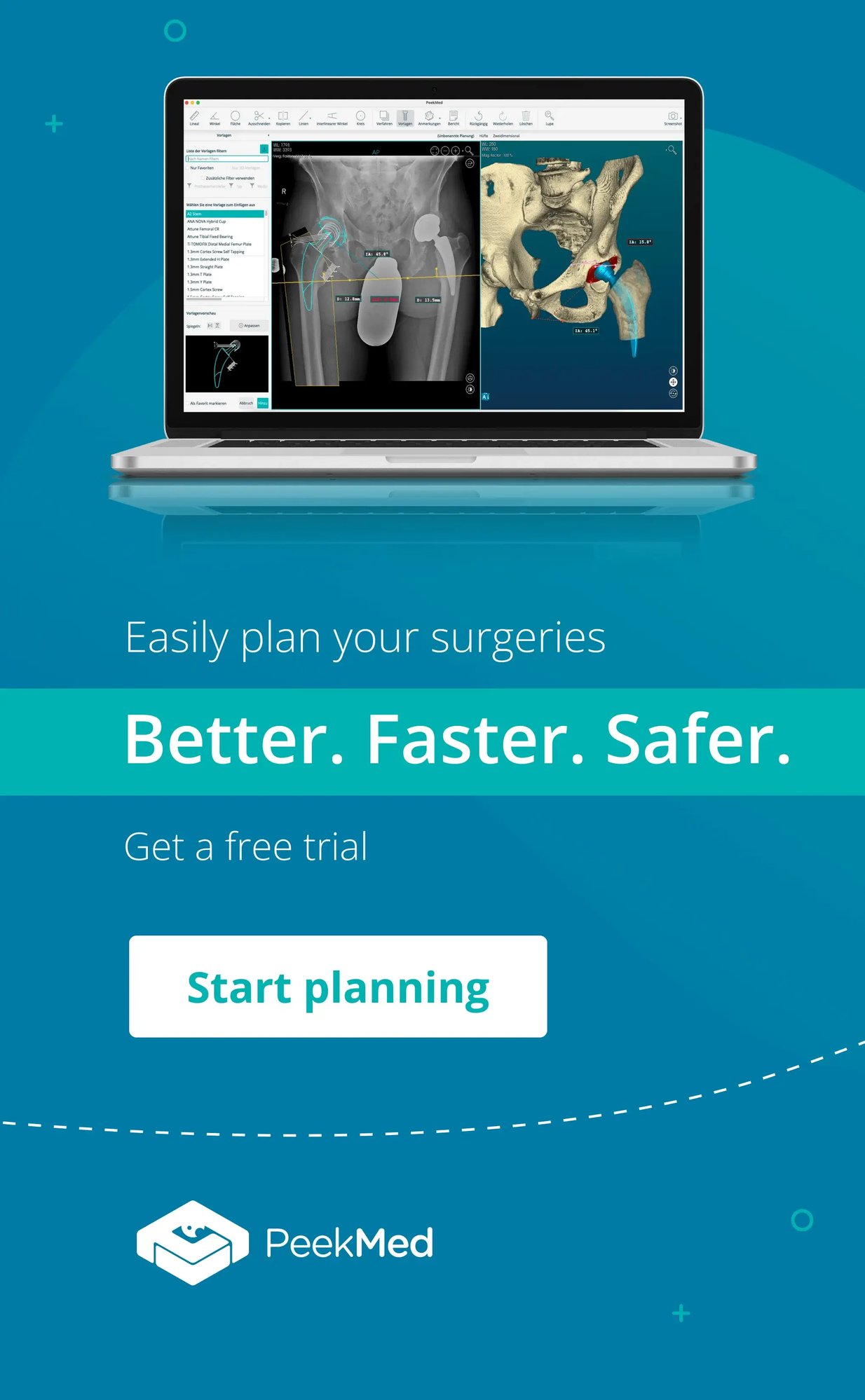PeekMed
You’ve probably heard about 3D printing changing industries. But what if I told you it’s revolutionizing medicine, too, making surgeries safer, faster, and more precise?
Here’s the deal: Medical 3D printing is no longer a futuristic concept; it’s a powerful tool surgeons like you can rely on today. And by the end of this article, you’ll understand exactly how this technology works and why it matters for your patients.
Let’s dive in.
Agree: Why Medical 3D Printing Matters to You
If you’re a surgeon, you know every millimeter counts. Complex anatomy can be challenging to visualize before or even during surgery. That uncertainty can increase risks and extend surgery times.
You want confidence and clarity. You want to prepare, rehearse, and predict outcomes better.
Medical 3D printing delivers just that.
What Exactly is Medical 3D Printing?
In simple terms, medical 3D printing is the process of creating precise, physical models of a patient’s anatomy using specialized 3D printers. These printers build objects layer by layer, based on digital medical imaging like CT or MRI scans.
Imagine holding a perfect replica of a patient’s bone, organ, or blood vessel in your hands before the first incision. It’s like having a roadmap that reveals every twist and turn.
How Does Medical 3D Printing Work?
The process involves three key steps:
- Imaging: First, high-resolution scans (CT, MRI) capture the patient’s anatomy in detail.
- Modeling: These images are converted into a 3D digital model using specialized software.
- Printing: The digital model is sent to a 3D printer, which builds a physical object layer by layer using materials like resin, plastic, or even biocompatible materials.
The best part? These models are incredibly accurate and patient-specific.
Why Surgeons are Excited About Medical 3D Printing
The impact on surgery is huge:
- Preoperative Planning: You can rehearse complicated procedures on exact replicas.
- Improved Visualization: Visualize complex fractures or tumor margins in 3D, beyond flat images.
- Better Patient Communication: Show patients exactly what you’re going to do, increasing trust.
- Custom Surgical Guides: Use 3D printed guides to make precise cuts and implant placements.
Curious about how medical 3D printing is changing orthopedic surgery? Our detailed 3D printing in orthopedic page explains the full impact.
What Makes Medical 3D Printing Different from Traditional Methods?
Unlike traditional 2D imaging or even computer screens, holding a 3D printed model creates a mental movie in your mind; you literally feel the anatomy. This tactile experience helps you anticipate challenges, plan incisions, and reduce surprises.
And with software like PeekMed’s surgical visualization tools, you can visualize and even manipulate these models on your screen before printing, making the entire process seamless and surgeon-friendly.
Regulations and Safety
You might wonder: Is medical 3D printing safe and regulated?
Absolutely. Medical 3D printing is subject to strict quality and regulatory standards to ensure patient safety. Regulatory bodies evaluate materials, processes, and the final products. This makes sure you’re working with reliable and accurate models.
Understanding the regulatory landscape is key, and the Pew Research Center’s analysis provides a thorough overview of medical 3D printing regulations.
Where is Medical 3D Printing Used Most?
This technology shines in areas like:
- Orthopedics (fixing bones and joints) — learn about the latest developments on our 3D visualization impact on orthopedics page.
- Cardiovascular surgery
- Oncology for tumor modeling
- Customized implants and prosthetics
Its applications continue to grow as materials and printing technologies advance.
The Future is Already Here — And You’re Part of It
As a surgeon, adopting medical 3D printing means elevating your practice. You’ll reduce surgery time, improve outcomes, and provide your patients with personalized care like never before.
The technology might sound complex, but tools like PeekMed simplify everything, integrating imaging, 3D modeling, and printing in one platform designed with surgeons in mind.
Ready to Learn More?
Explore how 3D printing is transforming medical care by checking out these essential reads:
- To understand broader applications, our article on 3D printing for medical use offers valuable insights.
- For insights into how this technology improves surgical precision, visit the page on 3D visualization impact in orthopedics.
- And don’t forget our comprehensive pillar page on 3D printing in orthopedics for the big picture.
You’re just a few clicks away from revolutionizing your surgical practice with medical 3D printing.
Imagine holding the future of surgery in your hands, literally.



